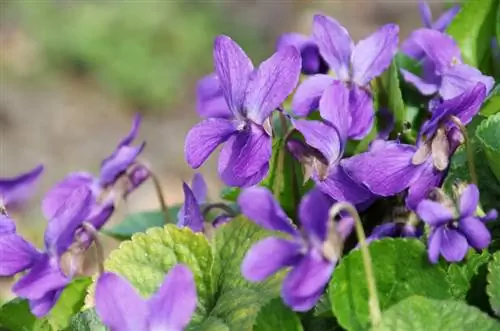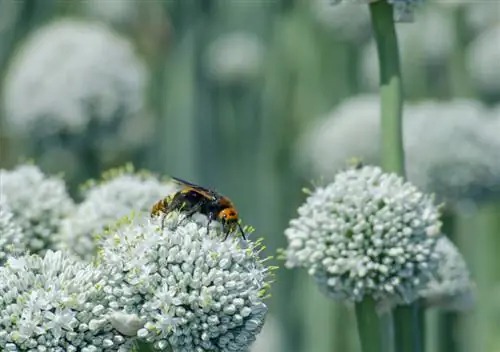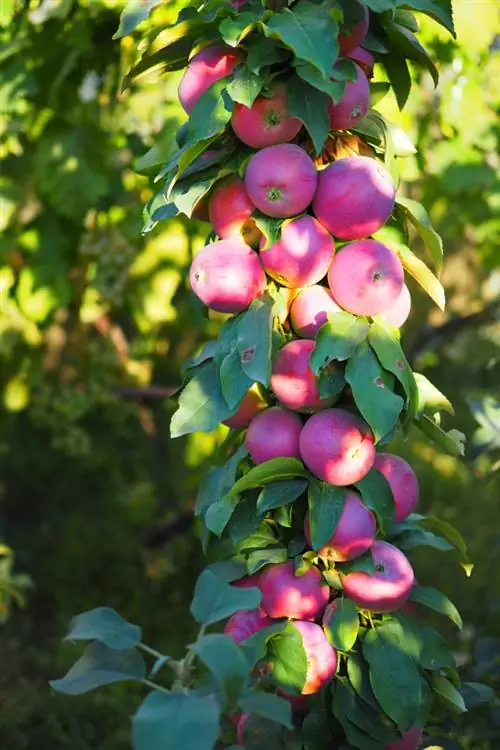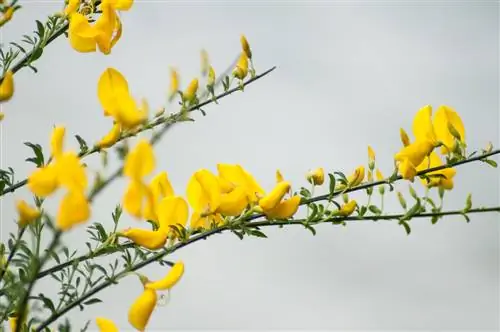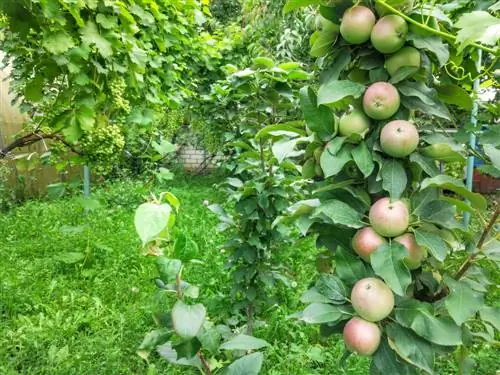- Author admin [email protected].
- Public 2023-12-29 04:51.
- Last modified 2025-01-23 11:19.
Mangold brings color to the vegetable garden and tastes really delicious. If you follow a few tips when harvesting, you can harvest the red, yellow, white and green leaf stalks fresh almost all year round. Swiss chard is a biennial leafy vegetable. Even if some people think of an ornamental plant when they see the cheerfully colored stems of red or yellow chard for the first time. Freshly harvested chard is rich in protein and contains many vitamins and minerals.
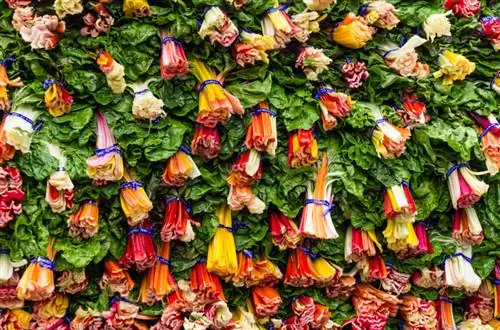
How should you harvest chard correctly?
When harvesting chard, the outer leaves should be broken off or cut off close to the root, leaving the chard heart unharmed. Freshly harvested stem chard is ready to harvest after 10-12 weeks, while leaf chard can be harvested after 8-10 weeks.
Swiss chard is a biennial leafy vegetable. Even if some people think of an ornamental plant when they see the cheerfully colored stems of red or yellow chard for the first time. Freshly harvested chard is rich in protein and contains many vitamins and minerals.
Harvesting chard from the outside
With stem chard, also known as rib chard, you harvest the leaves from the outside in. The chard heart remains unharmed and the plant can grow back. It's best to break off the individual leaves close to the turnip-like root. Then nothing is left standing that could possibly go wrong later. You can also cut off the outer leaves with a knife or scissors. Only harvest as much chard as you need. Freshly harvested and quickly prepared, the asparagus-like stalks taste excellent. Shortly after harvesting, the leafy vegetables contain these vitamins:
- Vitamin K: with 414 µg/100g freshly cooked chard, it is only surpassed in vitamin K content by herbs
- Provitamin A: 588 µg/100g, provitamin A is also known as a carotenoid
- various B vitamins such as B1, B2, B3 and B6
- Minerals such as potassium, calcium, magnesium, iron
Stalk chard can be harvested for the first time 10 to 12 weeks after sowing. Anyone who sows in April can enjoy chard from July. Harvesting is possible until the first days of frost. Covered with leaves or fleece (€34.00 at Amazon), stalked chard usually survives the winter. It continues to grow in spring and you can break off the new leaves as usual. The plant produces its flowers in early summer. It dies after the seeds ripen.
Leaf chard sprouts again after cutting
You can cut the spinach-like chard leaves two to three fingers wide above the ground; it will grow new leaves after the cut. Leaf chard is ready to harvest seven days earlier than stem chard. Harvesting can begin after just 8 to 10 weeks. Smaller leaves taste milder and sweeter than the larger leaves. Before the chard gets too big, harvest it and freeze it. To do this, chop up the chard leaves and blanch them for two minutes. Squeeze out carefully and freeze in portions. Leaves that have grown too large can be used for filling recipes, similar to cabbage leaves for cabbage rolls.
Tips & Tricks
Chard has a limited shelf life after harvesting. Stored in the refrigerator, wrapped in a damp cloth, it will last up to two days. When harvesting, make sure that the harvested leaves are not in the sun.


